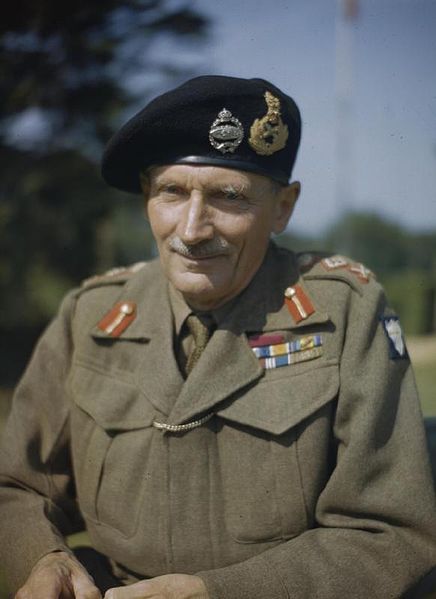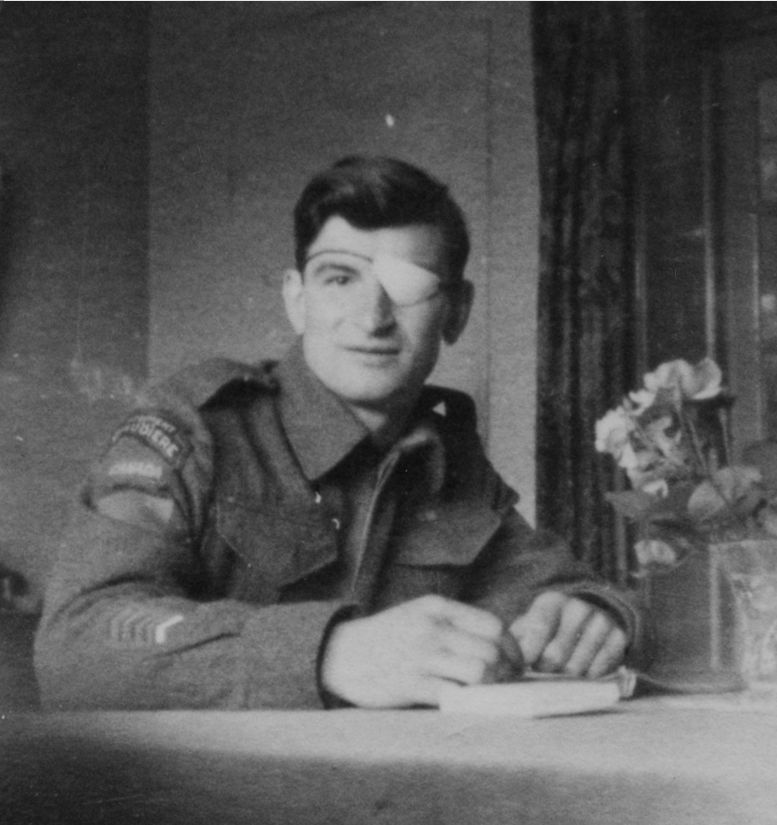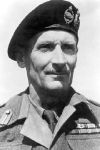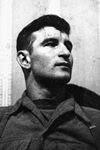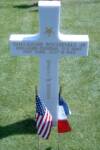Americans' S.O.S. on D-Day
By Maj.-General Sir Charles Gwynn K.C.B., D.S.O.
The War Illustrated, Volume 9, No. 221, Page 484, December 7, 1945.
It is widely realized that behind the fighting troops, and to a large extent interlocked with them, there is a great body of men carrying out ancillary services of vital importance. Few, however, can form a clear conception of the immense variety of their functions or of the problems with which they have to deal.
In the American Army these services, except so far as certain of their units form an integral part of the fighting formations, are grouped under the general title of Service of Supply (S.O.S.) and form an organization operating under its own commander and H.Q. staff. Recently, as a souvenir for the troops of this organization, the American information division has published a little book describing the role of the S.O.S. In the defeat of Germany which gives a very adequate, though necessarily incomplete, picture of the work of the rearward services of the armies.
To be frank, the weakness of the book is that it gives the impression that the American Army devised a unique organization, and it would not be surprising if it confirmed many American readers in the belief that their organizing genius alone was responsible for the victory of the Allies. Whereas, of course, each of the Allies had much the same problems to face in maintaining the service of supply and possessed similar if somewhat differently constituted organizations.
British Experience and Inventions Helped U.S. Before She Entered War
Nevertheless, the book should be welcomed as a tribute to troops whose work attracts less attention than that of those engaged in tactical operations, in spite of the fact that they have to face risks often as great and more constant. The evacuation of wounded, building or repairing bridges under fire, the lifting of mines, and the delivery of supplies and food in the combat zone, all demand qualities of cold-blooded courage quite as remarkable as courage shown in the heat of battle.
The Americans can claim with justice that their equipment was of a higher standard than in any other army, and that their troops were better fed: but that was only to be expected, for no other country, except Germany, had had more time to prepare deliberately for war, or had greater resources on which to draw. In addition to that, British experience and British inventions were freely communicated to America before she had even entered the war. She had practically no defensive problems to face, her country had suffered no damage from enemy action, and, from the first, her main problem was to prepare for D-Day in western Europe and for the developments that would follow.
The governing fact, however, is that without the closest co-operation with the British Empire she would have been unable to come to grips with her enemy either in Europe or the Far East. That was fully realized by President Roosevelt and his military advisers. As early as May 1941, observers of the U.S.A. Army arrived in London, though they could not appear in uniform till December 8. Their task was to plan the establishment of a base in Britain which would bring the U.S.A. within striking distance of Europe in case she was drawn into the war.
It is rather curious, therefore, that the establishment of this base, the first and most essential step to be taken by the American S.O.S., is dealt with only in the last two chapters of the book, and this is almost the sole acknowledgment of the share Britain took in preparing for the great amphibious operation by which alone decisive operations against Germany could be initiated.
Many comparisons, on the other hand, are drawn between the tasks of the S.O.S. In what the Americans call “World War 1” (W.W.1), and those in W.W.2, in order to emphasize the immense development of the S.O.S. In W.W.2. Actually the proportion of personnel in the S.O.S. organization to that of combat troops (about one-third of the total) was much the same in both wars, although the bulk and weight of material to be handled and the variety of tasks to be performed were vastly greater in the second war. The comparison is, however, vitiated by the circumstances in which the wars were fought and the advances in mechanization.
The chief changes in circumstances were that in W.W.1 the American could be landed straight from the U.S.A. into a country with highly developed ports and intact road and railway systems; and that once landed they could be introduced gradually into a static situation. Whereas in W.W.2 not only had the base in Britain to be prepared and the first landing on the Continent carried out as a major operation, unprecedented in character and scale, but thereafter highly mobile operations in a devastated country were immediately necessary.
The book gives a very interesting account of the landing of the American Army in Normandy, though mainly from the standpoint of the S.O.S. The point is made that the decision to commence landing at low water was taken in the interests of the rapid development of the S.O.S. rather than that of the assault troops. It was to ensure that passages should be cleared by demolition parties through the beach obstacles, to admit of the rapid reinforcement of the leading assault troops by mechanized armament and ample munitions.
How nearly the main landing came to failure is admitted, for almost nothing went according to plan; and the rising tide made matters worse. The demolition parties failed to identify landmarks and did not disembark at the appointed places. Few passages were cleared, and in the confusion those were not marked. Held up by obstacles and under heavy fire, losses were heavy; in particular, vehicles became entangled and were destroyed. When the shore was gained by the leading assault troops they therefore lacked supporting weapons, and little progress could be made inland; and only a small tonnage of supplies was landed during the day. Nothing but determined and gallant leadership of small parties prevented complete failure.
Why Cherbourg's Capture Did Not Confirm With the U.S. Timetable
Fortunately, on the smaller beach, resistance was less formidable and everything went according to plan. In consequence of the check on the main beach, however, the momentum of the first assault failed to develop, and Cherbourg, which it had been hoped would be captured within three days, did not fall till June 27. The delay in capturing Cherbourg became all the more serious when the great storm which started on June 19 broke up the attempt to construct the Mulberry “A” harbour made for the Americans' use by Britain. Thereafter the task of the S.O.S. in the build-up for further operations became immensely heavier and called for all the ingenuity and talent for improvisation that Americans possess.
The break-out from the bridge-head was certainly delayed; but when it came, it soon made up lost time by the amazing rapidity of General Patton's thrust. How greatly the speed of his thrust and the maintenance of its momentum was due to the work of the S.O.S. is told. The reckless courage shown by railway personnel in delivering the goods over a line a “Heath Robinson” condition fully equalled that of fighting troops.
But there are limits to what even the most efficient rear services can accomplish, and though roads and bridges and railways were restored at an astonishing pace the lack of fully equipped ports and the distance over which supplies had to be hauled eventually brought the Allies to a halt. Antwerp was captured by Montgomery intact; but till the approaches to it were cleared and it became available as a base for both the Allied armies, operations on a decisive scale could not be undertaken. Throughout the story we are made increasingly to realize the dependence of the fighting army on well-established bases and good lines of communications.
An undoubted fact emerging from this is that the advantage great maritime powers have of launching amphibious attacks at unexpected points of their own selection cannot be exercised at the opening of a war.
Unless it has a continental ally who can give it well-equipped ports and space for the deployment of its armies, a maritime nation can therefore not intervene on land in a continental war with any approach to the speed with which a continental Power can launch an attack across its land frontiers against a neighbour. The success of amphibious operations in the war just over should not mislead us on this point.
Index
Previous article
Now It Can Be Told! - Navy's Little Ships Fought 780 Actions
At last the splendid record of the Royal Navy's M.T.B.s, M.G.B.s, and M.L.s can be revealed. During the war in Europe, Coastal Forces performed the following feats; fought 780 actions with the enemy a
Next article
Now It Can Be Told! - Nail Gun Speeds Underwater Salvage
Holed below the water-line, a wreck must be patched before it can be salvaged. How to fix the patch most expeditiously over that yawning hole? Engineering ingenuity indicated how this task could be ac


